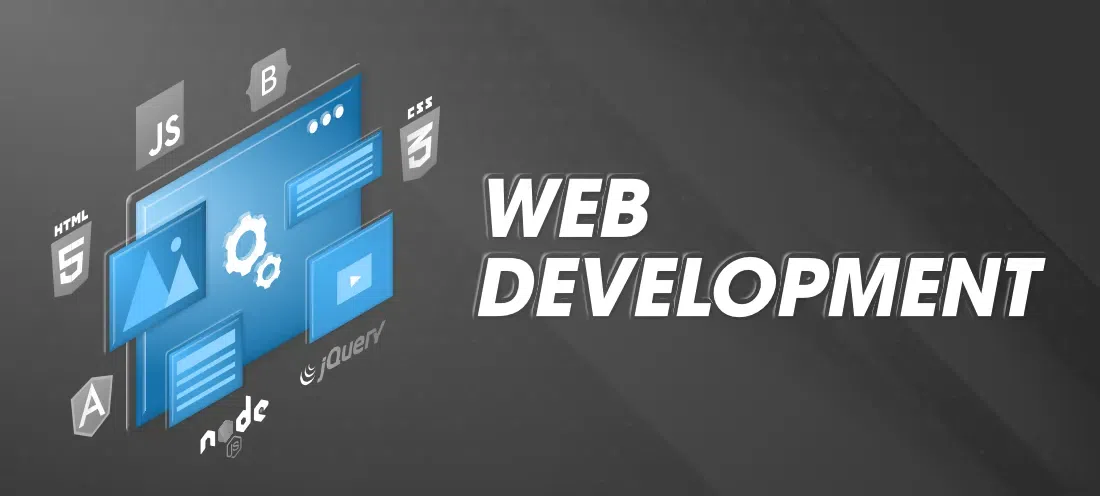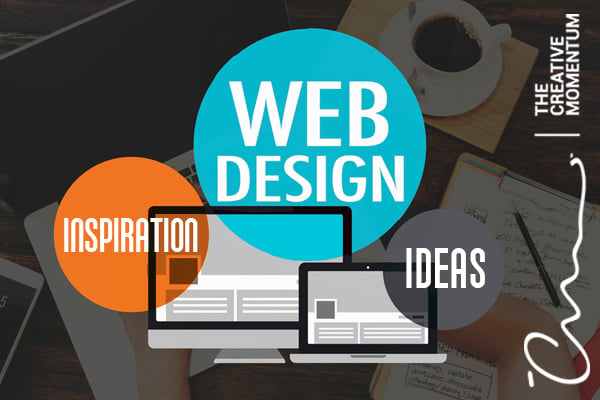The Very Best Kinds Of Web Style to Boost Individual Experience and Involvement
In the ever-evolving landscape of electronic communication, the performance of Web layout significantly impacts user experience and interaction. Various style techniques, such as minimal, receptive, and interactive formats, each deal distinct advantages that can cater to diverse user needs.
Minimal Website Design
As digital landscapes come to be significantly messy, minimalist Web design has actually become an effective technique to improving individual experience. This style viewpoint prioritizes simpleness, concentrating on necessary components while getting rid of unnecessary interruptions. By utilizing adequate white area, straightforward navigation, and a minimal shade scheme, minimal style promotes clarity and directs customer interest to crucial material.
The core principle of minimal Web design is to develop a smooth interaction for customers. By lowering cognitive tons, users can promptly comprehend information without really feeling overwhelmed. This direct technique not only boosts functionality but additionally motivates involvement, as visitors are extra likely to discover a site that is simple and visually attractive to navigate.
In addition, minimalist layout commonly emphasizes typography and images, utilizing these aspects strategically to communicate messages properly. This emphasis on crucial elements can improve brand name identification and create a memorable individual experience. Fundamentally, minimal Web style is not simply a trend; it is a thoughtful method that recognizes the value of user-centered design. By removing peripheral elements, developers can develop a more appealing, reliable, and pleasurable Web experience for all customers.
Responsive Website Design
In today's varied electronic setting, receptive Web layout has become vital for developing a smooth customer experience throughout a wide range of devices. As users gain access to web sites on mobile phones, laptops, tablets, and desktops, the capacity of a website to adjust its format and web content to various screen dimensions and resolutions is crucial.
Receptive website design utilizes versatile grids, images, and CSS media questions to make sure that Web material is provided optimally, no matter the tool utilized. This method not only boosts the aesthetic charm of an internet site however likewise considerably improves use. Customers are most likely to engage with a site that offers a consistent experience, as it removes the frustration of needing to focus or scroll excessively.
By adopting receptive layout, companies can boost their visibility and get to a broader target market. In recap, responsive Web layout is a fundamental technique that enhances individual experience, engagement, and general complete satisfaction.
Interactive Website Design
Receptive Web style prepares for improving customer experience, however interactive website design takes this a step better by involving users in a more dynamic method - Aligned Position Web Design. By including elements such as animations, clickable prototypes, and real-time comments, interactive Web style astounds customers, attracting them right into a richer browsing experience
This approach not only fosters interaction however likewise urges customers to discover material proactively instead of passively eating it. Strategies such as gamification, where customers gain incentives for finishing jobs, can considerably enhance the time invested in a site and boost overall fulfillment. Moreover, interactive features can streamline complex info, making it a lot more pleasurable and digestible.

Including interactive style components can also result in greater conversion rates, as individuals are extra likely to engage with a website that proactively involves them. Aligned Position Web Design. Eventually, interactive Web design transforms individual experiences right into memorable journeys, making sure that visitors return time after time
Apartment Style
Identified by its minimalistic approach, flat design emphasizes simplicity and functionality, removing unnecessary aspects and concentrating on vital functions. This style approach focuses on functionality, making certain that customers can browse user interfaces with convenience and effectiveness. By using a tidy aesthetic, flat design eliminates the clutter often found in much more ornate styles, thereby enhancing customer emphasis on web content and functionality.
The hallmark of flat design depends on its use of bold colors, simple typography, and geometric shapes. These components contribute to an aesthetically attractive user interface that is both friendly and contemporary. Additionally, flat style fosters a sense of clarity, enabling customers to recognize necessary activities and info without diversion.
Furthermore, flat style is especially efficient in responsive website design, as its simplicity equates well throughout various devices and screen dimensions. The absence of detailed structures and gradients reduces filling times, which is important for maintaining individual involvement. As digital landscapes continue to develop, level style remains a pertinent option for producing easy to use websites that enhance general experience. By focusing on essential attributes, flat design not just satisfies user requirements however additionally urges seamless communication, making it an essential component of effective Web layout methods.
Flexible Web Layout
Flexible Web style personalizes the individual experience by producing multiple repaired designs customized to different screen sizes and gadgets. Unlike responsive layout, which fluidly adjusts a solitary layout, flexible layout utilizes distinctive formats for details breakpoints, making certain optimum presentation on various systems. This technique enables developers to focus on the one-of-a-kind characteristics of each gadget, improving usability by providing precisely what users need her response based on their context.
One of the primary advantages of adaptive website design is its ability to optimize load times and performance. By offering tailored material and images that fit the user's tool, websites can decrease data usage and enhance see this website loading speeds. This is especially helpful for individuals with slower links or limited data strategies.

In addition, flexible layout facilitates an extra controlled and regular branding experience. Since developers create multiple designs, they can ensure that the visual elements align with the brand name's identification throughout different platforms - Aligned Position Web Design. This results in a natural user experience, enhancing engagement and promoting customer retention
Conclusion
Minimal layout promotes clearness and emphasis, while receptive style makes certain flexibility throughout numerous devices, advertising availability. Collectively, these design approaches add to the development of easy to use environments that not just boost contentment however likewise drive higher conversion rates, emphasizing their essential relevance in modern Web style methods.

Minimal layout cultivates clarity and focus, while responsive design guarantees versatility throughout different gadgets, advertising access. Jointly, these layout comes close to add to the production of straightforward settings that not just boost satisfaction but also drive higher conversion prices, emphasizing their critical importance in contemporary Web layout approaches.